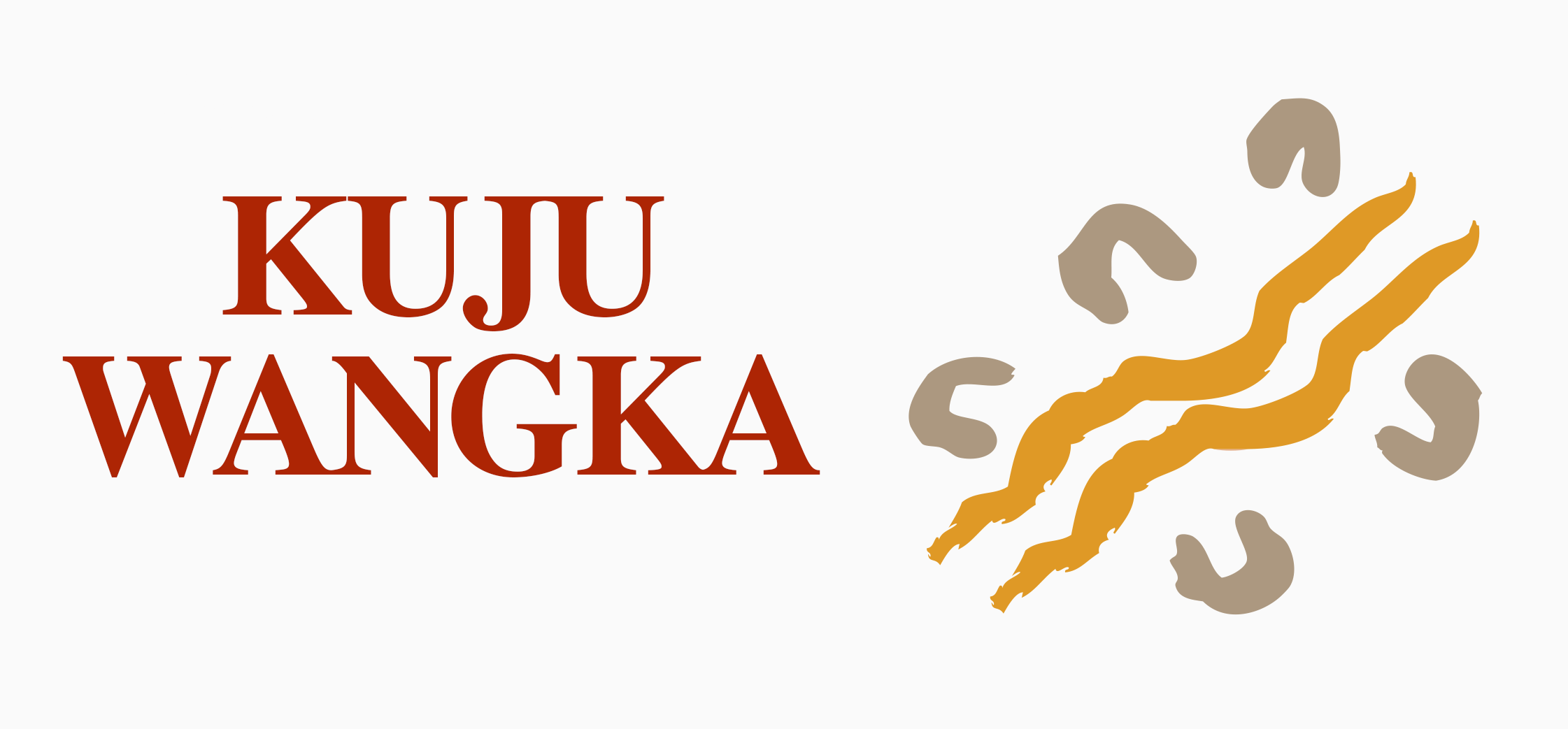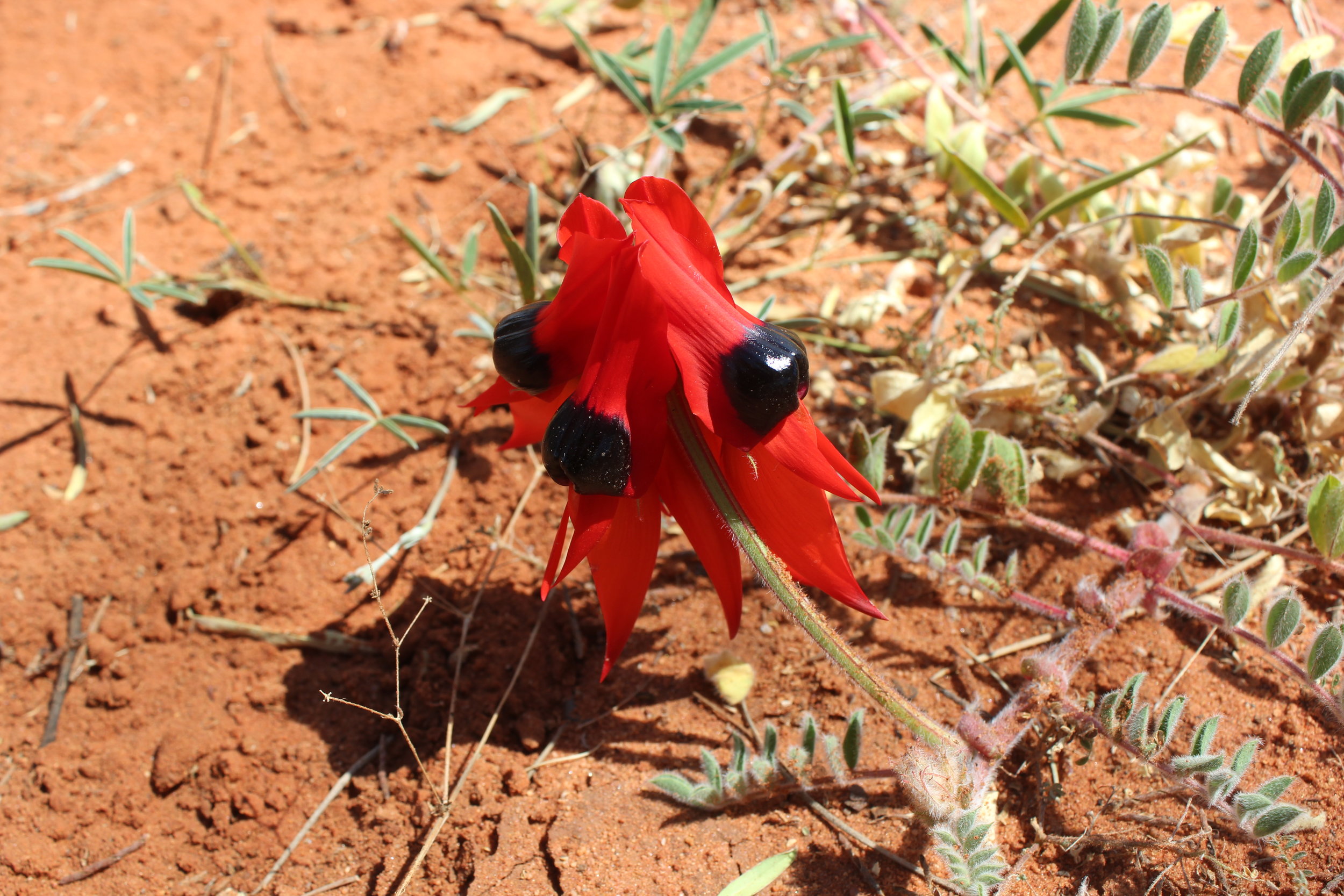FAQ
WHY DO YOU NEED A PERMIT?
You must have a permit for the Canning Stock Route (CSR) as the 4WD track deviates from the original historic track. In some areas, it deviates substantially. This takes you into country over which Traditional Owners hold native title and where there is no public right of access.
The CSR is part of a “public access corridor” which includes significant Aboriginal sites. Many of these sites are registered and protected under the WA Aboriginal Heritage Act, 1972. This is hardly surprising, given that Canning located the majority of his wells on or beside Aboriginal waterholes that he had been led to. The permits will give you access to the majority of these registered sites – in particular, the wells and the area around them.
By cooperating with the permit system, you are helping the various Traditional Owner groups to manage the CSR more effectively. The numbers travelling Country are rising every year. You will see some of the impact of this visitation on Country. Aboriginal groups want to improve facilities for people travelling the CSR (such as looking after the environment, campsites and facilities along the CSR).
WHO CHECKS THE PERMITS?
It is likely that you will see Indigenous rangers as you travel through Country. Their concern is to protect the cultural, environmental and heritage values of the Canning Stock Route (CSR) and Country all around it. They would be very happy to talk to you about what they’re doing. The issuing of permits for travel along the CSR will assist in the long term management of the environmentally and culturally sensitive area through which the stock route passes. As a general rule:
the best course of action is to apply for, and be in possession of a permit so that you are covered for all the areas you may wish to visit
moving off the track for camping should be limited to less than two kilometres
only move off the track for legitimate purposes, such as camping, or in emergencies
you can only visit Aboriginal sites covered by the permits; and
please respect any limitations set out by the permits.
By getting the permit to travel the CSR, you are supporting and working with Traditional Owner groups all along the CSR. Being in possession of the permit will also help to ensure that any contact with Traditional Owners along the way can be a positive encounter, helping build trust and respect for the privilege of travelling through their land.
WHAT IS NATIVE TITLE?
Native title is the right to possession and enjoyment of country. Aboriginal groups hold native title over virtually all of the Canning Stock Route (CSR). Their title is the highest form of native title — Exclusive Possession - and they have a legal right to give or withhold permission for people to travel over this native title Country, unless people have some other right of access.
These native title rights are subject to a public “right of access” over the CSR. This is the original historic stock route, including a corridor either side of the CSR. This means that there is a mix of different rights, Indigenous and non-Indigenous, along the CSR.
Native title holders want you to enjoy your rights, as you travel through this beautiful and fascinating Country. They ask that you also understand and respect theirs. The vast majority of people who travel the CSR not only respect but celebrate the local people’s knowledge and vision of their land.
WHAT CAN YOU PHOTOGRAPH?
In the past, photographs of men’s secret, sacred designs, paintings and sites have appeared in magazines and online. Photos have also included pictures of women swimming in pools that form part of secret-sacred sites that are traditionally only open to men and pictures of men drinking in women’s sites. These things obviously cause great offence and distress to the Traditional Owners. In the majority of cases, the photographers would not have been aware that their photos were likely to cause any problem. The Traditional Owners of Country therefore ask you to:
please respect any requests on signs to limit photography or filming
please respect any instructions from Traditional Owners not to photograph people, places or objects; and
please do not publish pictures in any forum (including newsletters, websites and blogs) without first obtaining written approval.
Because it is not generally obvious that a painting, carving, design or site is culturally significant, it is wise to seek approval. Otherwise, it is possible to unintentionally cause offence. To obtain approval for image use contact us.

